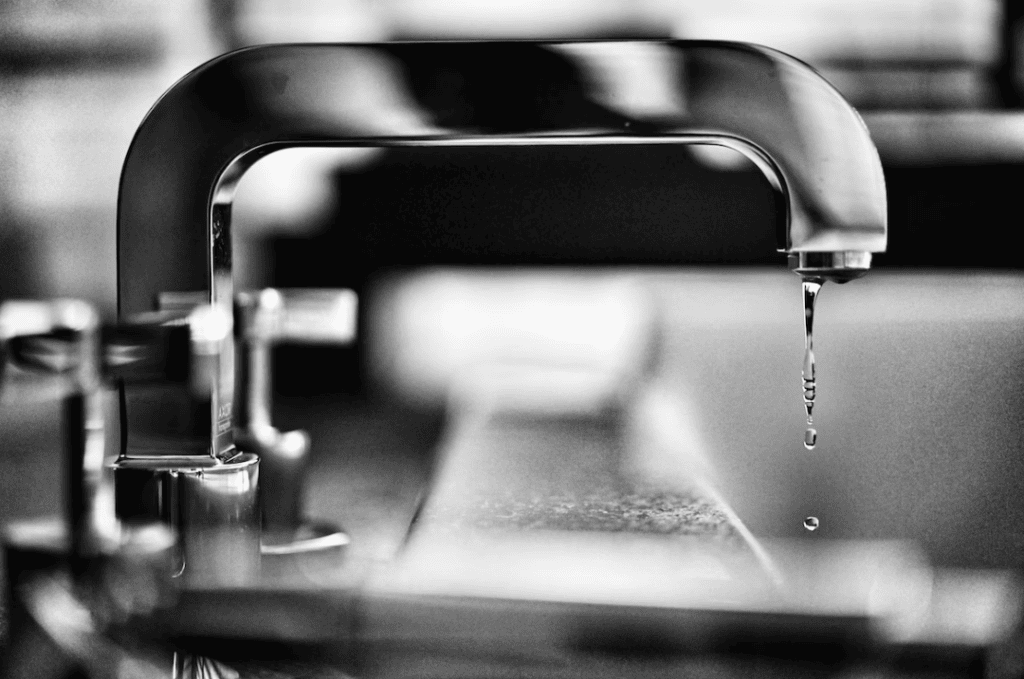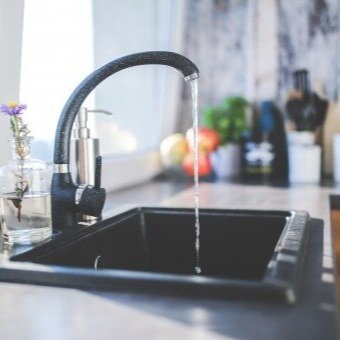Discovering the Results of Constant Busted
Discovering the Results of Constant Busted
Blog Article
Were you trying to locate advice involving Causes and Consequences of a Leaky Faucet?

Introduction
A leaky faucet could appear like a small annoyance, but its repercussions extend much past the occasional drip. Comprehending the impacts of a leaky faucet is essential for both home owners and the environment. In this short article, we'll discover the different influences of this usual home problem and why resolving it quickly is necessary.
Causes of Leaky Faucets
Leaky taps can result from a selection of factors, consisting of wear and tear, high water stress, and deterioration. Gradually, the constant use faucets can cause damaged seals and gaskets, creating leaks to develop. In addition, excessive water stress can place stress on plumbing components, bring about leakages. Corrosion and rust can likewise damage tap elements, making them prone to leak.
Water Wastage
Among the most considerable consequences of a dripping faucet is water wastefulness. Even a little drip can amount to gallons of wasted water in time. This not just increases water costs yet additionally adds to water deficiency and ecological degradation. Dealing with leaky taps immediately is vital for conserving this valuable resource and reducing its influence on the earth.
Financial Influence
Along with drainage, leaky faucets can likewise have a significant economic influence. Raised water expenses are a direct effect of water wastefulness, costing property owners hundreds of bucks yearly. Furthermore, the expense of fixing water damages triggered by leaks can be significant, specifically if left ignored for an extended duration.
Environmental Effect
The environmental impact of dripping taps prolongs beyond water wastefulness. By saving water, house owners can contribute to more comprehensive efforts to alleviate water deficiency and safeguard all-natural ecological communities. Lasting alternatives such as rainwater harvesting and water-efficient fixtures can additionally reduce the environmental footprint of house water usage.
Technological Solutions
Developments in modern technology have caused the growth of clever faucets and water-saving devices that help reduce water waste. Smart faucets use sensors to find motion and readjust water flow appropriately, reducing waste without giving up benefit. Water-saving tools such as aerators and low-flow showerheads are additionally effective in saving water without endangering performance.
International Viewpoints
While leaky faucets may look like a localized concern, they contribute to more comprehensive worldwide challenges such as water shortage and environment modification. In areas already facing water anxiety, every decline counts, making leakage avoidance and repair service necessary. By embracing water-saving practices and investing in lasting modern technologies, home owners can play their part in attending to these pushing international problems.
Regulative Steps
Government guidelines play a vital role in mitigating the influence of dripping taps and advertising water conservation. From building codes that call for water-efficient components to water-saving incentives and rebates, policymakers have a range of tools at their disposal. By carrying out and applying these laws, federal governments can ensure that home owners prioritize water conservation in their lives.
Neighborhood Effect
Dealing with leaking taps calls for collective efforts at the community degree. By raising awareness regarding the importance of water conservation and giving resources for leakage discovery and repair, regional authorities can empower home owners to do something about it. Campaigns such as water-saving rebate programs and leakage detection campaigns can incentivize behavior adjustment and promote liable water use.
Instance Researches
Real-life instances of the effect of dripping faucets highlight the importance of positive upkeep and timely repairs. From water damages to escalating water bills, the consequences of neglecting leakages can be serious. By sharing these study, homeowners can much better recognize the importance of dealing with leaky taps immediately.
Educational Campaigns
Educational campaigns play an essential role in raising understanding regarding the impacts of leaky faucets and promoting water conservation practices. Via workshops, workshops, and on-line resources, homeowners can find out exactly how to discover and fix leaks themselves. By encouraging individuals with understanding and devices, educational projects can foster a culture of liable water usage within areas.
Health Issues
Leaky faucets can produce favorable settings for mold and mold development, positioning health and wellness risks to passengers. The presence of mold and mildew can intensify respiratory system issues and allergies, especially in at risk people. Additionally, water damages arising from leaks can endanger the architectural honesty of buildings and bring about costly fixings.
DIY vs. Specialist Repair
When confronted with a leaky faucet, home owners commonly discuss whether to attempt repairs themselves or hire a professional plumber. While do it yourself repairs can conserve money, they may not constantly address the hidden issue efficiently. Professional plumbing professionals have the know-how and tools to detect and repair leakages appropriately, ensuring long-lasting options and satisfaction for home owners.
Preventive Measures
Preventing leaky faucets needs normal maintenance and positive procedures. Straightforward tasks such as replacing damaged washing machines and seals can stop leakages from creating. Additionally, upgrading to premium fixtures and lowering water pressure can help extend the life-span of faucets and lessen the threat of leakages.
Verdict
In conclusion, the impacts of a dripping faucet prolong much past the periodic drip. From water wastage and enhanced water expenses to wellness problems and ecological influence, the effects of overlooking leakages can be significant. By addressing leaky faucets promptly and adopting water-saving methods, home owners can minimize these results and contribute to a more lasting future.
Why You Shouldn’t Ignore a Leaky Faucet in Your Home
What Causes a Leaky Faucet?
Various factors can cause a leak, from loose and worn-out parts to corrosion. Your faucet has four essential components from which most plumbing issues will stem: the O-ring, the valve seat, the washer and the gasket.
What Is an O-Ring?
The O-ring is a stem screw that fastens parts of the faucet in place, preventing water from leaking out of the spout. Depending on your faucet type, the stem might have multiple O-rings. Water will drip from the faucet’s handles and base if this part breaks or deteriorates.
What Is a Valve Seat?
The valve seat controls the flow and temperature of the water. Found at the base of the handle, it works as a seal for the faucet’s stem. The valve seat ensures the water is allowed to flow or is blocked as the handles dictate. You’ll know it’s malfunctioning when water leaks from your faucet’s sides.
What Is a Gasket?
The gasket is found between the water inlet and the valve stem. It creates a seal between the faucet and the sink, holding its joints by aerators attached to the stem’s head. Water will trickle out from the base if the gasket isn’t working.
What Is a Washer?
The washer secures the handles and prevents leakage, serving a similar purpose to the O-ring. While the O-ring is ordinarily round and made from an elastic material, such as rubber, the washer is square-shaped and composed of brass, copper and other hard metals. If it malfunctions, corrodes or has been improperly installed, water will leak out of the handles, causing that incessant faucet drip.
Why Is a Leaky Faucet Dangerous?
A leaky faucet left alone for too long can have significant consequences.
Pest Infestations
Since bugs and rodents gravitate towards the scent of water, a leaky faucet will draw pests to your sink. Both are looking for leaks accessible through crawl spaces, which a faucet provides. If you leave water dripping for too long, you run the risk of an infestation.
Rust
If one of the faucet parts has started to corrode, the resulting rust can spread to your pipes and valves with startling speed. The rust might even lead to cracks or other impairments, resulting in more severe plumbing issues.
Your sink could also sustain damage from a leaky faucet. The water in your tap possesses sparse elements of calcium and iron that can stain your sink with repeated and prolonged exposure. Once those elements in the water have been open to the air for some time, your sink will start to rust, creating marks that can be difficult to remove.
https://www.tomsmechanical.com/blog/why-you-shouldnt-ignore-a-leaky-faucet-in-your-home

As a reader on The Environmental Impact of Leaky Faucets, I figured sharing that piece of content was really helpful. Do you know somebody else who is curious about the niche? Be sure share it. Kudos for your time. Please come visit our blog back soon.
Report this page